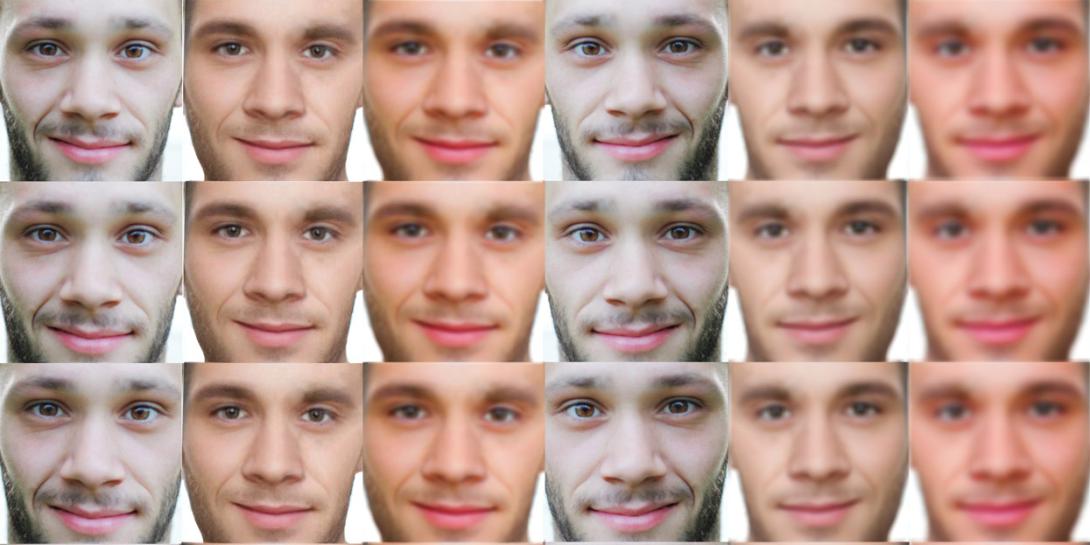Army Researchers Work To Combat Deepfake Videos
At the Combat Capabilities Development Command at Aberdeen Proving Ground, Maryland, researchers in the Science and Technology Directorate are working to meet a joint urgent operational needs statement regarding biometric dominance. The directorate’s Intelligence Systems and Processing Division is creating two biometric systems, called VICE and VIBES, to protect warfighters as well as discern media fakes, explained Keith Riser, computer scientist, Intelligence Systems and Processing Division, Intelligence and Information Warfare Directorate.
Riser presented his work on the software systems during the command's recent Program Executive Officer for Intelligence, Electronic Warfare and Sensors (PEO IEW&S) and Command, Control, Computers, Communications, Cyber, Intelligence, Surveillance and Reconnaissance (C5ISR) Center Media Day event.
Both of the systems, VICE, Video Identification, Collection and Exploitation, and VIBES, Voice Identity Biometric Exploitation Services, interact with authoritative biometric identity platforms to process media—photos, voice files, facial recognition—searching for and detecting identities, Riser noted.
The biometric systems provide an identity confidence level when matching identities, which can then be used to inform decision making about certain actions, such as whether or not a person should be allowed onto a base or poses enough of a threat to be elevated to a watch list, he clarified.
The researchers are developing the cloud-based VICE identity management software platform to support force protection at bases. The U.S. Central Command, known as CENTCOM, is the main stakeholder, along with coalition partners, Riser said. PEO IEW&S/Program Manager DOD Biometrics is the resource sponsor and material developer of VICE. In addition, VICE is a quick reaction capability developed in support of an Operation Inherent Resolve joint urgent operational needs statement.
In operation for a year, VICE already has 25,000 identities enrolled into the associated database and is used to monitor personnel who seek base access, Riser stated.
Meanwhile, the server-based VIBES identity management system, which also relies on facial recognition technologies, taps into governmental technologies, some commercial off-the-shelf software, powerful algorithms and lots of data. “We look for untapped and dormant sources of data,” Riser noted. The information is then processed into computerized biometric systems for identity management. “It’s a data problem really,” he said.
Both of the biometric systems incorporate data, photography, video, voice or other media, even across time, even a decade, Riser noted. “Our algorithm does a fairly good job matching [media] from over the years,” he said.
The capabilities have already helped the researchers discern so-called deepfakes or doctored videos from real, actual footage, by matching identities, voice and photography data, Riser confirmed. In the case of a video of an ISIL leader, the researchers were able to run the footage through their system, which showed that the voice being played in the video was not a match to his actual identity.
The threat of fake footage being used in information warfare may grow, Riser said, as it is easy to create fairly convincing video. The tools that the command is developing are a way to get inside that information cycle and make sense of what is real and what is fake, he stated.





Comments